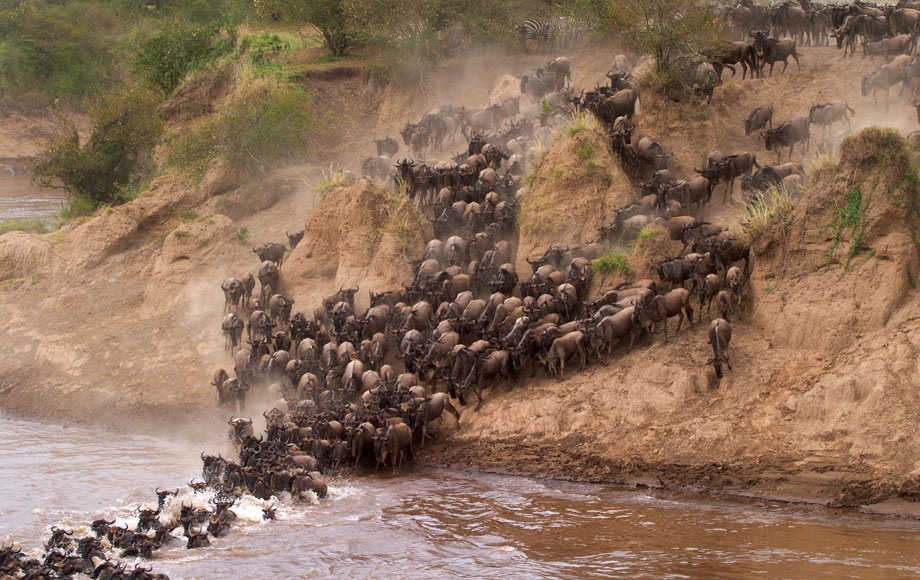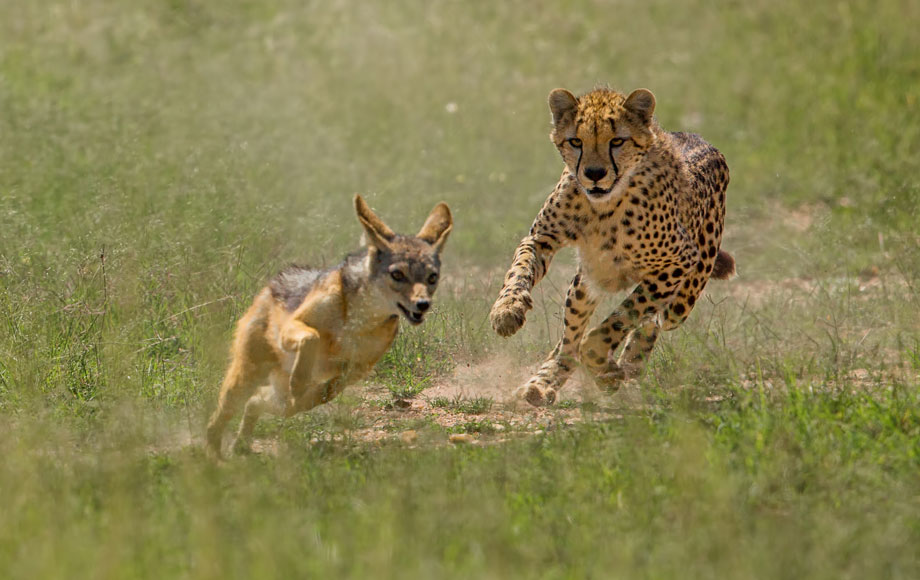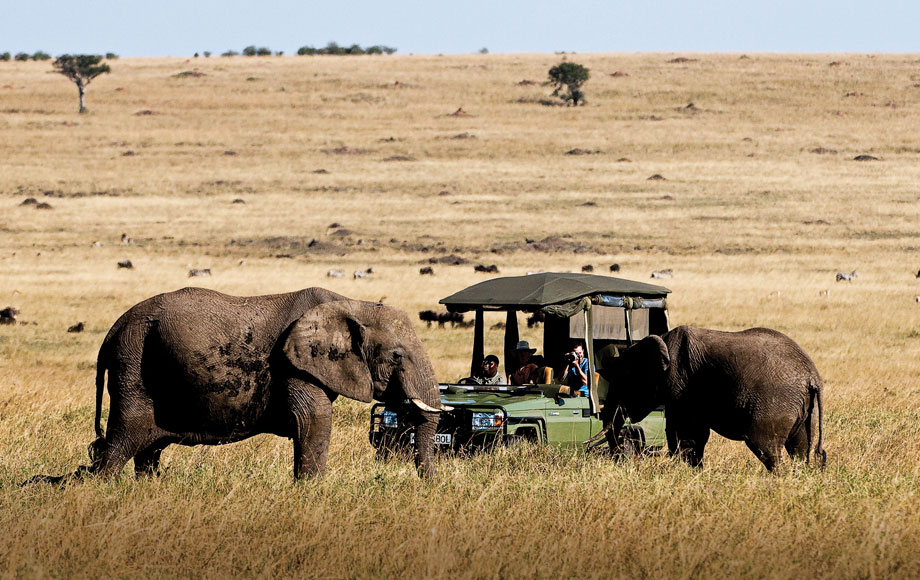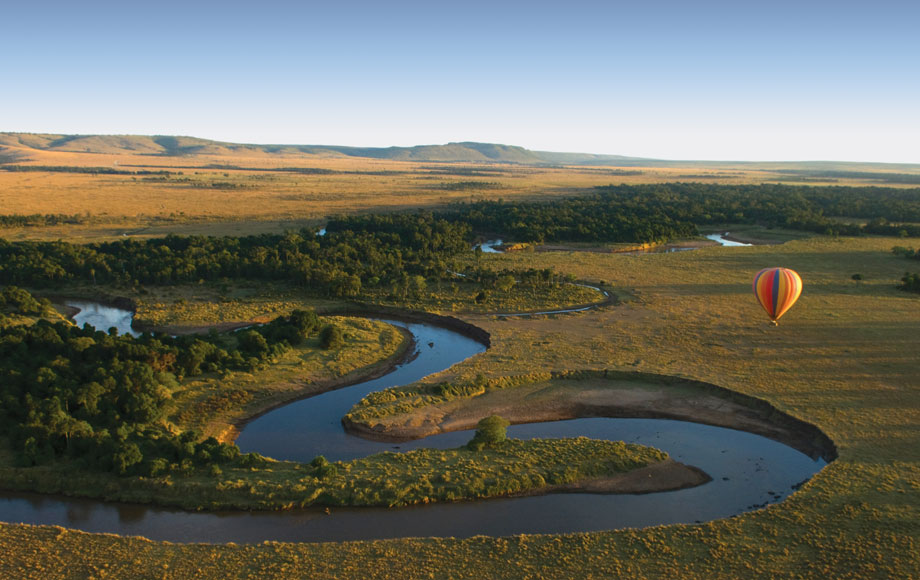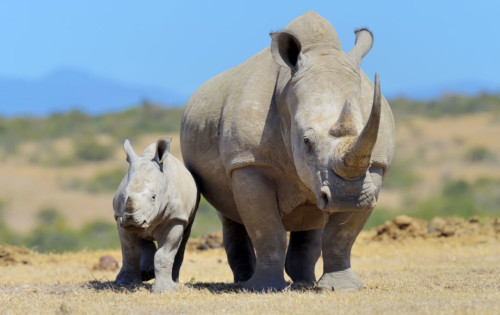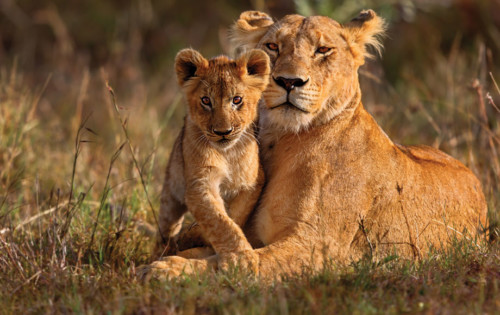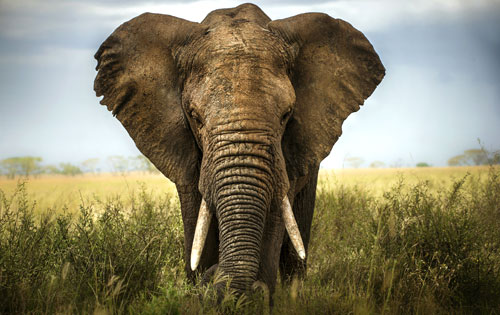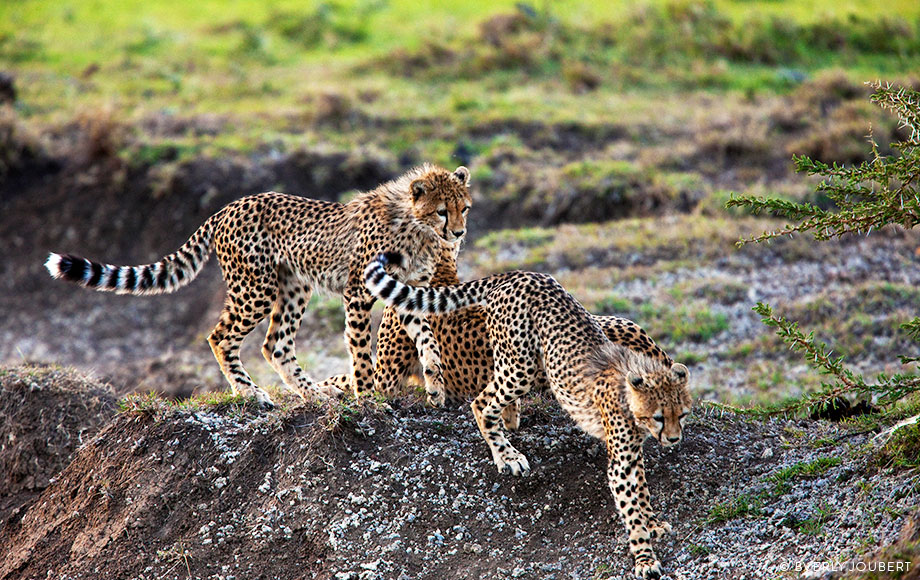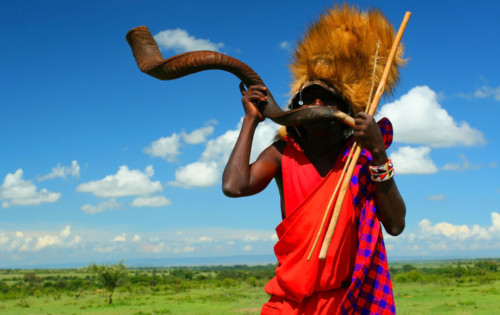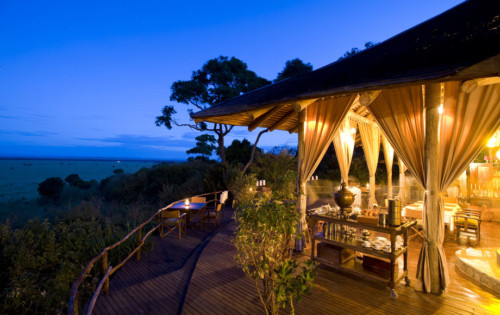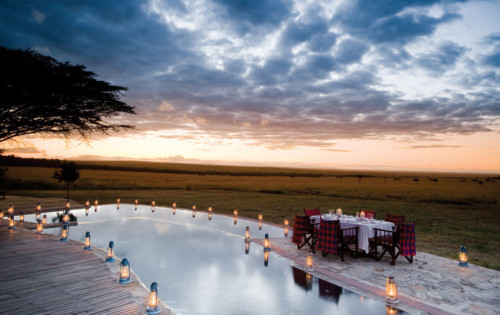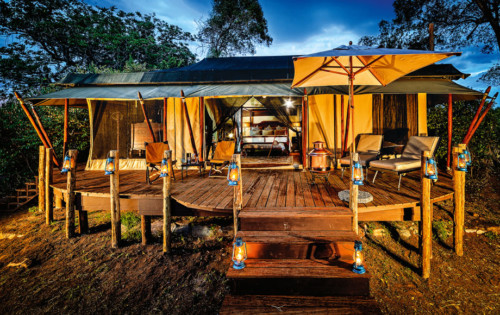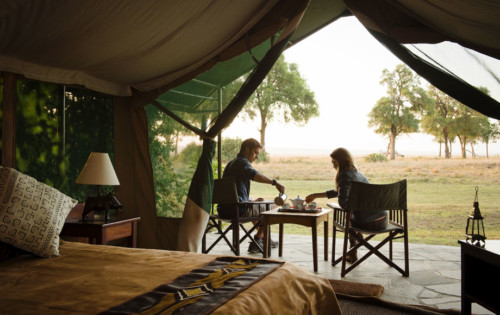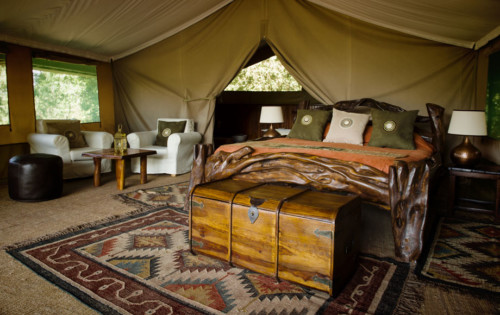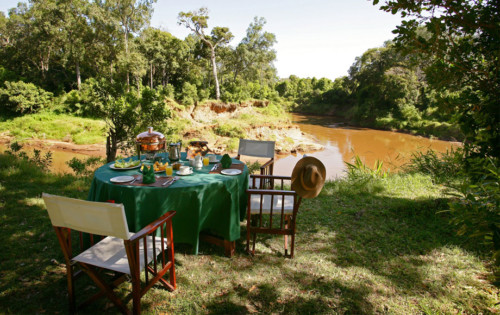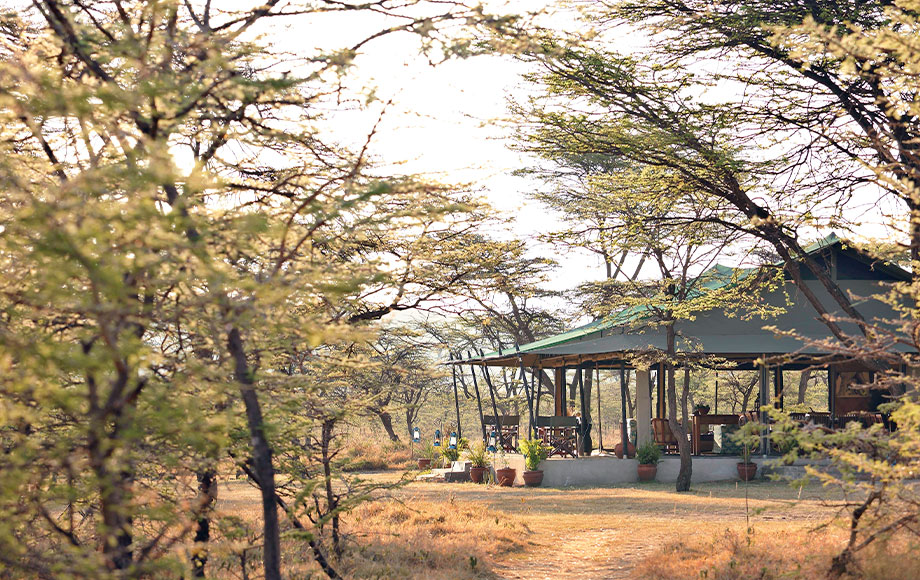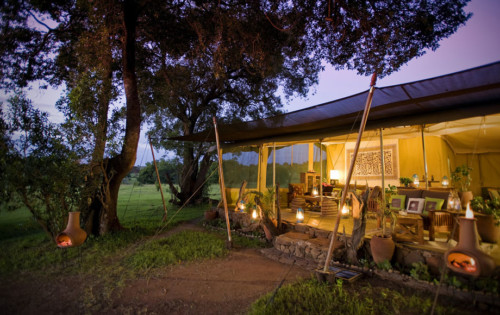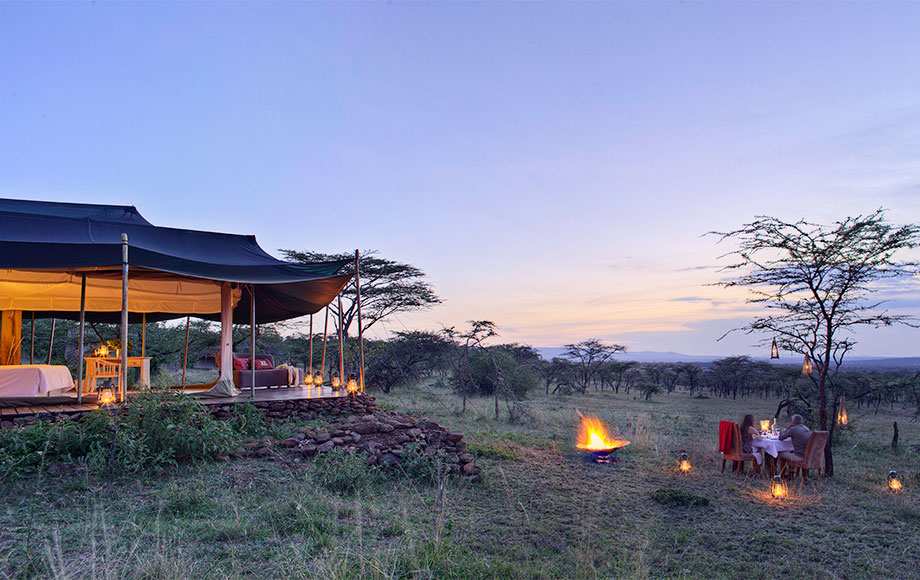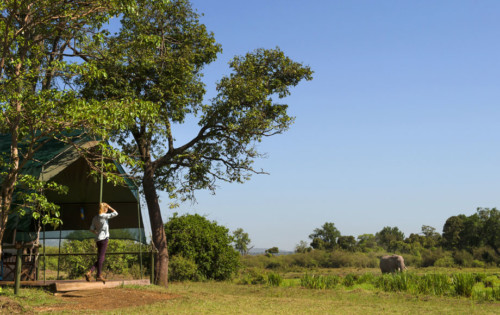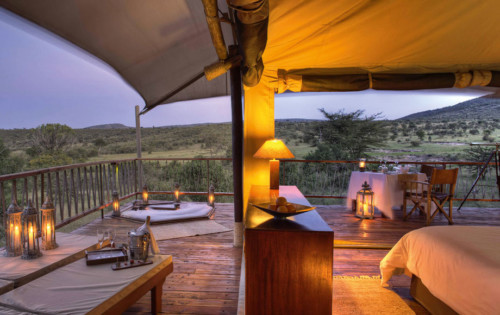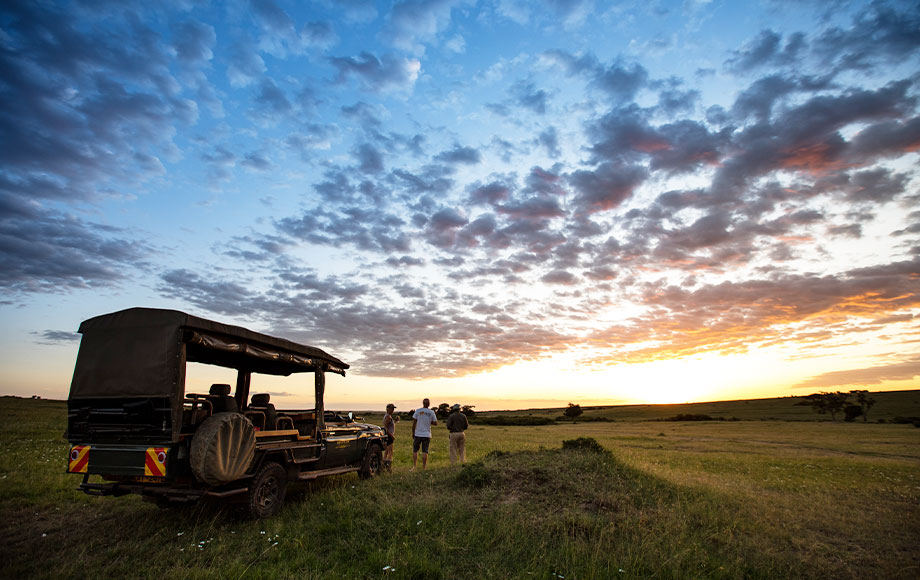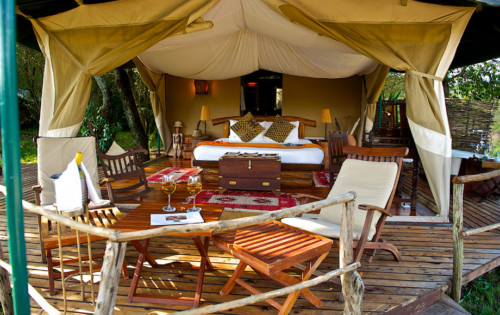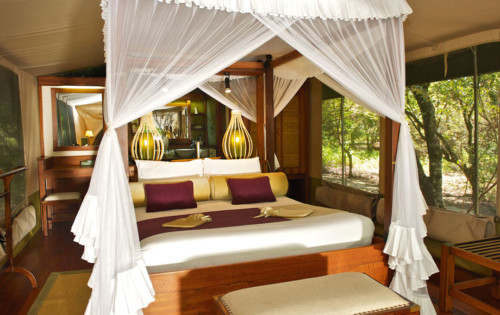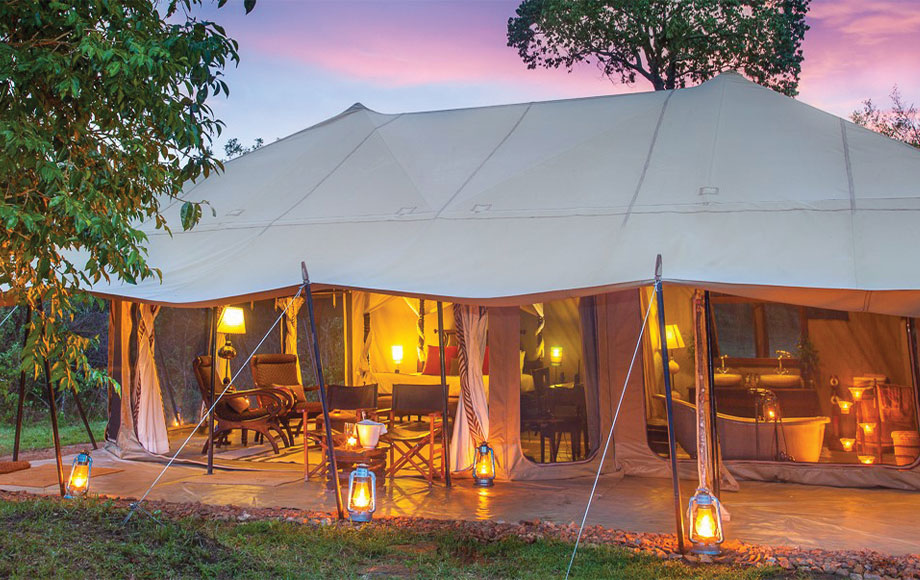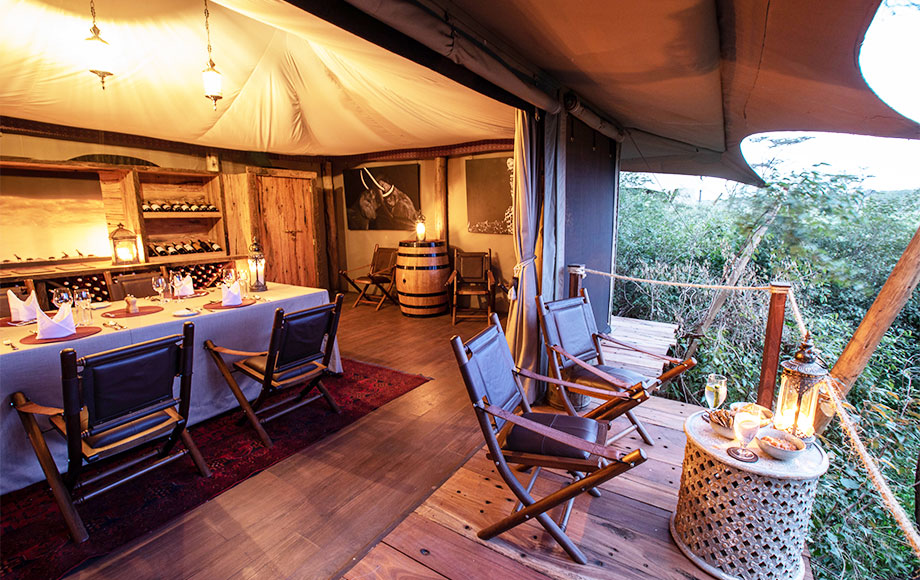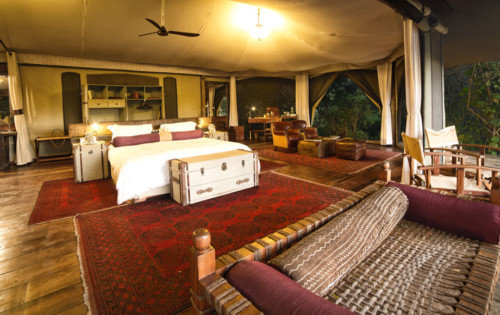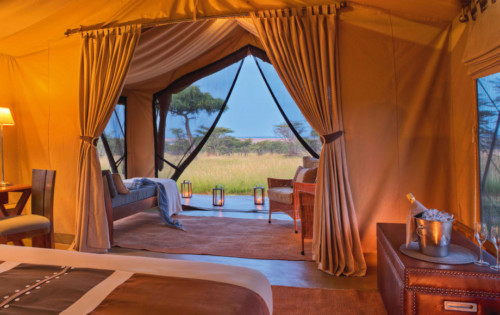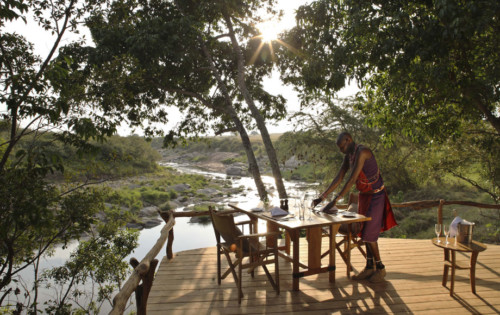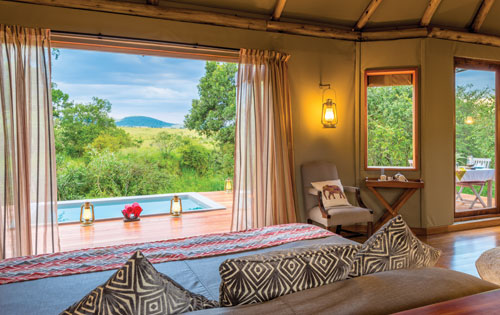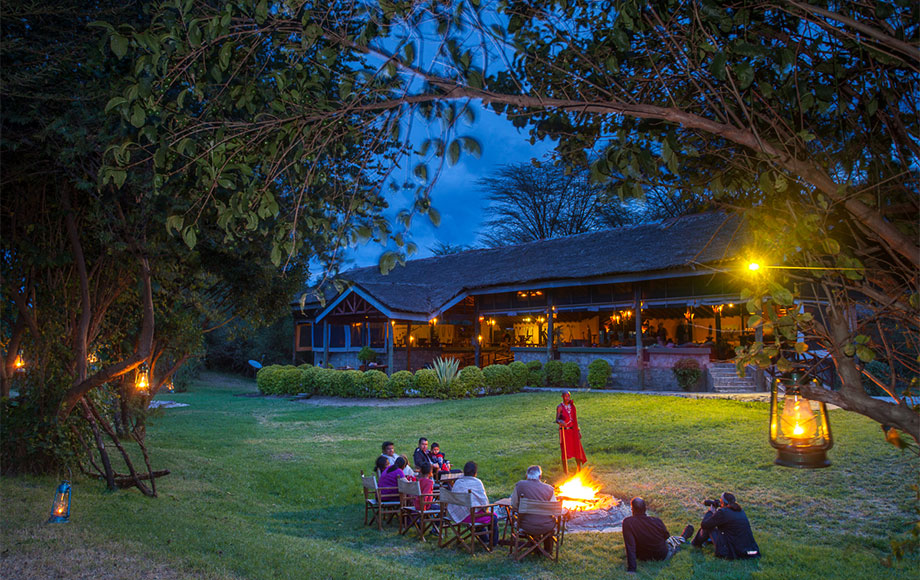Masai Mara Safaris
This magnificent reserve plays host to one of the planet’s most amazing wildlife spectacles each year – the Great Migration, as well as superb gameviewing year-round.
Meaning “spotted” in the Maa language of the Maasai, it’s easy to see why the Masai Mara is so called. The rolling grasslands of this 1,500km² reserve are dotted with flat-topped thorn trees, dappled with cloud shadow and during the Great Migration, flecked with an unbelievable number of wildebeest, zebra and Thomson’s gazelle.
Between July to October, over two million wildebeest and thousands of zebra migrate north from Tanzania’s Serengeti in search of fresh water and new grass. They are what most visitors come to Kenya to see; however, the Mara has reliably good gameviewing throughout the year.
The herds attract plenty of large predators such as lion, leopard and hyena, and the interactions between the animals are extraordinary. River crossings are particularly exciting, as the wildebeest are preyed upon by hundreds of hungry crocodiles waiting in the seething waters.
The plains of the Masai Mara are the permanent home of all of the “Big 5” as well as a plethora of antelope ranging from the tiny dik-dik through to the imposing eland. So even when the wildebeest and zebra herds have departed for the Serengeti, you’ll find this one of the best places in all of Africa to observe big game species such as black rhino and cheetah.
As the reserve can get busy, staying in private concessions adjoining the Masai Mara provides a measure of exclusivity. It also allows visitors to enjoy activities not permitted in the main reserve such as walking safaris. Whilst game drives are the most common means of exploring the Mara, why not consider floating over the landscape in a hot air balloon? This magical experience provides a bird’s eye view of the reserve, and concludes with an indulgent champagne breakfast in the bush.
Location
Masai Mara Highlights
- Kenya’s most famous reserve
- Site of the annual wildebeest migration
- Plentiful predators as lion, leopard and cheetah
- Exceptional animal interactions
- Iconic landscapes of open savanna
- Classic and luxury safari camps
- Maasai cultural encounters
When To Go
July to September is when the annual wildebeest migration takes place. However, the Masai Mara offers excellent gameviewing all year round.
If you plan to go during the Great Migration, be sure to book early as our camps and lodges tend to fill up quickly during this period.
Our Recommended
Kenya Sample Itineraries
The following itineraries are just some of the many experiences that we can design for you. All of our tours are private, independent and tailor-made to your personal travelling requirements. Please contact us to begin creating your personalised Kenya experience.
Our Recommended
Places to stay in the Masai Mara
The following are some of the lodges and tented camps that we recommend in the Masai Mara. For information on additional accommodation not featured, please contact us.
Kenya FAQ
Can I see the Big 5 in Kenya?
Yes – Kenya is home to all members of the legendary Big 5. Lion, leopard, elephant and buffalo can all be seen in many of Kenya’s best game viewing areas. The Masai Mara National Reserve is the countries undisputed number one safari destination. Black rhino can be found in a number of places across the country, however the two best places to see them are in the Ol Pejeta and Lewa Wildlife conservancies.
When is the best time to see the Great Migration?
Firstly, the great wildebeest and zebra migration is a natural event. Therefore, the exact arrival of the annual wildebeest migration can never be guaranteed. Generally, they tend to arrive between July and September and linger on the plains of the Masai Mara until November, before once again heading back towards Tanzania’s Serengeti National Park. For more information about the Great Migration, we highly recommend talking to one of our experts.
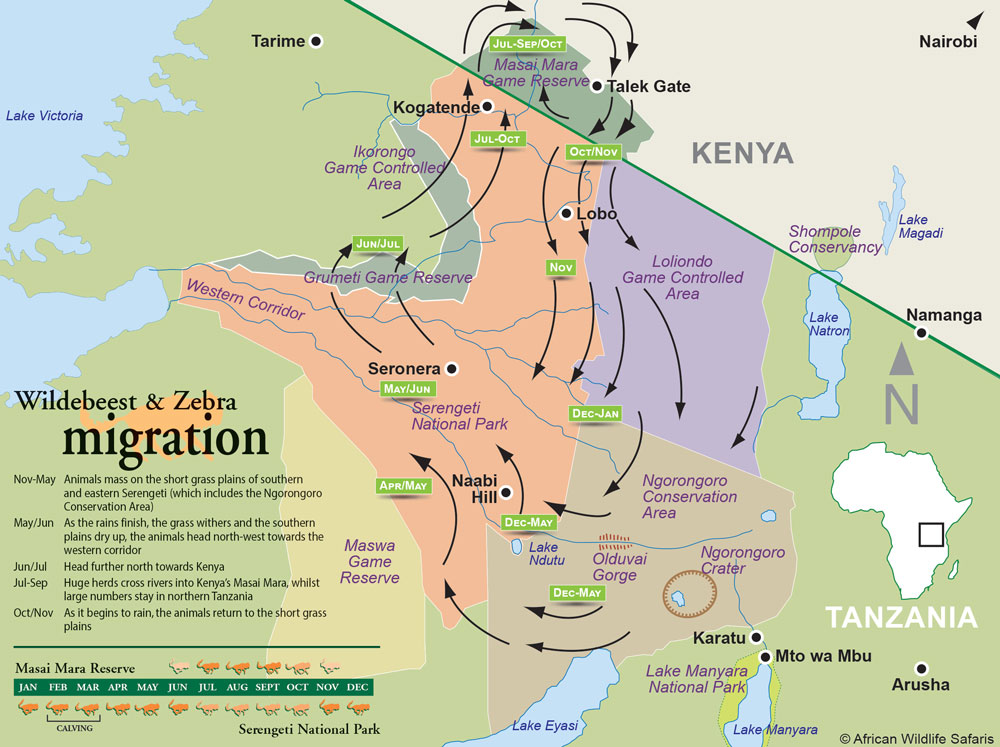
JOIN OUR
E-Newsletter
Sign up to receive updates about exciting journeys, special offers and more
"*" indicates required fields
